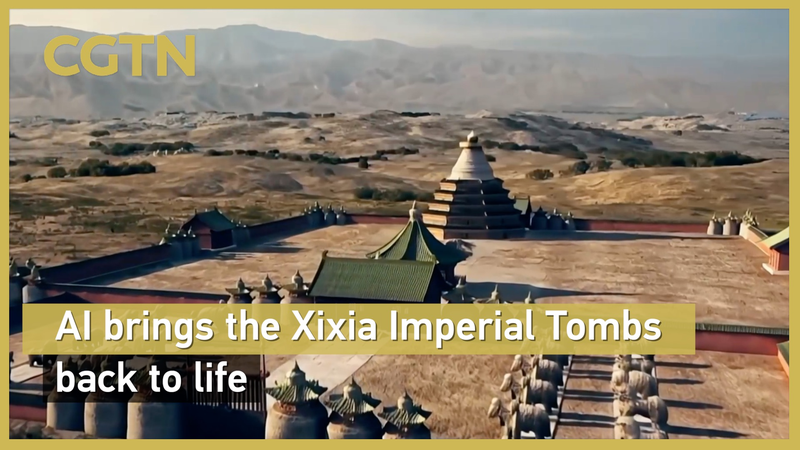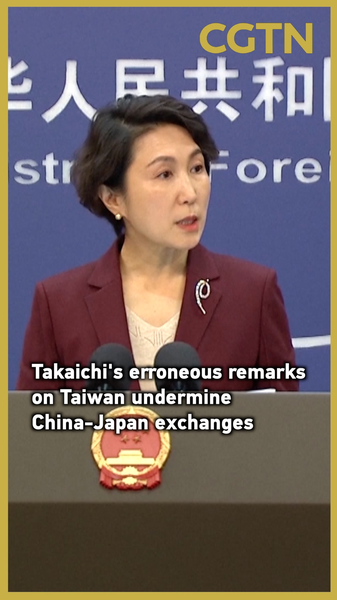High atop the Helan Mountains in the Ningxia Hui Autonomous Region of the Chinese mainland, the Xixia Imperial Tombs have stood silent for nearly a millennium. These royal mausoleums of the Tangut empire—often called the “Chinese pyramids”—now glow with new life thanks to cutting-edge AI reconstruction.
Researchers fed thousands of archaeological records, satellite scans and old sketches into machine-learning models to rebuild the tombs’ original grandeur. The result? Vivid 3D renderings that reveal intricate carvings, painted murals and landscape layouts lost to time. Users can virtually wander through court halls, peer into burial chambers and even trace the pathways once tread by Tangut emperors.
Why it matters: This digital revival offers more than eye-candy. By mapping structural decay and color erosion over centuries, the AI platform provides data-driven insights for conservation teams. Restoration experts can now pinpoint vulnerable sections, prioritize preservation efforts and share interactive tours with global audiences—and all without disturbing the fragile site.
For young global citizens and tech enthusiasts, the project showcases how emerging AI tools can bridge past and present, turning archaeological mysteries into immersive experiences. Thought leaders in heritage and sustainability see it as a model for responsible tourism: virtual visits reduce foot traffic while sparking curiosity among digital nomads and travelers.
From esports-style gamification features to detailed VR excursions, the Xixia tombs project blends storytelling, history and real-world impact—delivering an unforgettable lesson in innovation and cultural legacy.
Reference(s):
cgtn.com




